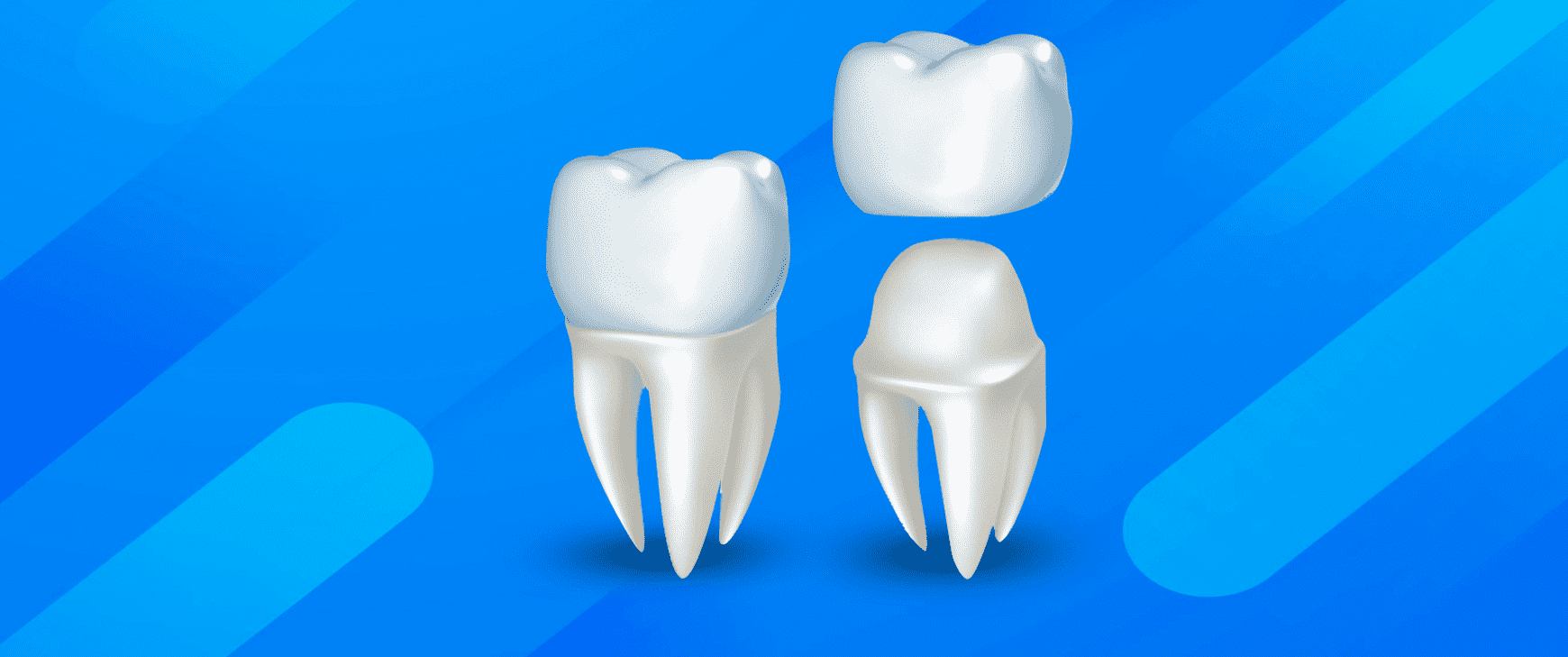Crown
Salih ÖNDER2023-10-26T15:00:50+03:00What is a crown?
As a result of damage and decay of teeth over time, destruction may occur. Different methods can be applied to eliminate this damage. One of them is the “veneer” that we know as the crown. Veneer is the process applied to the tooth to obtain a more aesthetic appearance and to strengthen it by closing it on the tooth. Different problems may arise from missing teeth, veneers (crowns) are made to prevent these problems from occurring in the future.
What are the Types of Crowns?
Metal Backed Porcelain Crown:
Metal-supported porcelain, which has been used in dental treatment for many years, is made of metal as the material structure of the outer parts of the crowns. It is a very suitable treatment method in terms of durability and aesthetics.
Metal Free Full Ceramic Crown:
Full ceramic coating, also known as empress, is one of the most aesthetic coating types. Because it provides a natural appearance, it is preferred over front teeth and is the most preferred type of veneer.
Zirconia Supported Porcelain Veneer Crown:
As a material, porcelain with zirconium infrastructure has become the most preferred variety because it is more aesthetic than other varieties. Light transmittance is better than other types. It is also preferred in terms of smile aesthetics.
Laminate Coating:
It is generally preferred by people who do not like the appearance of the tooth structure. It is made to achieve an aesthetic appearance and helps to achieve whiter teeth. It is usually applied to the anterior teeth. It is a preferred treatment for compliance with teeth and smile aesthetics.
How is the Crown Applied?
Crown application is a treatment that requires several sessions. First of all, a specialist doctor examination is performed. In order to avoid problems later, if there is any decay or residue on the teeth to be treated, they are cleaned and the teeth are cut and made ready for the gluing of the crowns. Measures of the ready teeth are taken and during this period, a temporary coating is applied to prevent sensitivity in people. The rehearsal of the teeth in the tooth shade selected by the people prepared in the laboratory is made in the final examination and the occlusions are checked. With the approval of the public, the crowns are permanently attached.
Crown Advantages
Since the crowns made as a result of tooth loss due to tooth destruction are in tooth color and structure, it is inevitable to provide an aesthetic appearance. With its solid structure, there is no allergic situation caused by the substances contained in the materials. When it is hygienic and well-maintained, it can be used for many years and looks more lively.
Crown Disadvantages
We can say that reducing the teeth has a disadvantage. However, since it is applied to intact and damaged teeth, this problem can be ignored by abrading and reducing it.
Treatment Summary
Number of Transactions
2-3
Return to Work Process
Now
Processing Time
10 Days
Full Recovery Process
Now
Anesthesia Method
Local anesthesia
Persistence of Results
5 Years
Sensitivity Process
Non
Eating - Drinking Process
2 Hours Later
Note: *The information and recommendations on this page are for informational purposes only. Please consult your doctor for diagnosis and treatment. WhatsApp line.
Bütün İşimiz Diş


